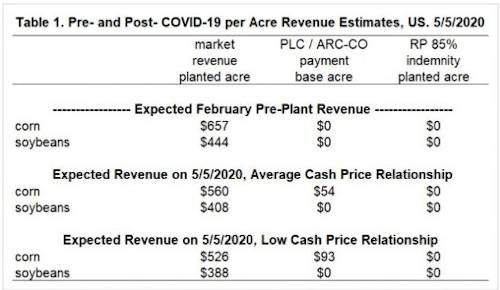
On average, larger dairy farms earn higher profits than smaller farms, spurring a steady shift of cows and production to larger operations. Between 2011 and 2015, farms with at least 1,000 milk cows earned the highest average rates of return on equity (ROE), a measure of profitability that captures the return to the capital that farmers have invested in the business. According to the 2012 Census of Agriculture (the latest data), these farms accounted for nearly half of all cows. By comparison, farms with less than 100 cows generally had negative average ROE between 2011 and 2015, but accounted for only 17 percent of all cows in 2012. Average ROE data can mask variation at the farm level: some farms are profitable and others are not. Low and negative ROE indicate that dairy farmers could earn more by investing their money elsewhere. Dairy farming carries financial risks for farms in all herd size classes. For example, ROE rose in 2014 as the prices that farmers receive for their milk rose to well over $20 per hundredweight of milk, but then fell sharply the following year as monthly milk prices declined by about 30 percent. This chart updates data from the ERS report Changing Structure, Financial Risks, and Government Policy for the U.S. Dairy Industry, released March 2016.